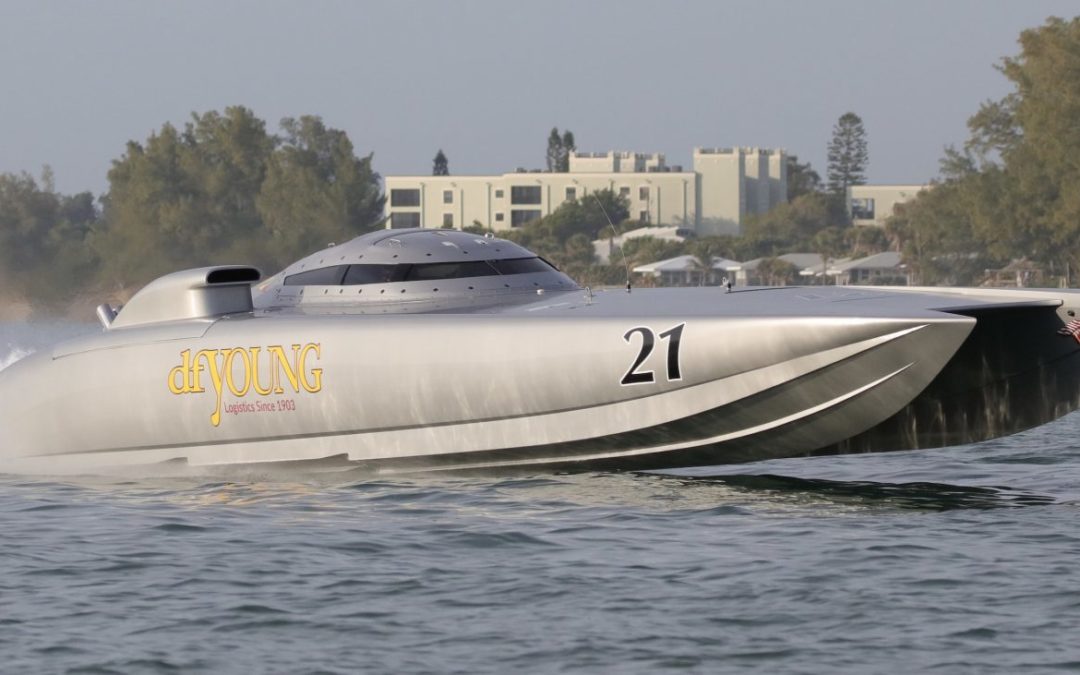Powerboat racing, where high-speed watercraft navigate challenging courses, is an adrenaline-pumping experience. While the excitement of this sport is undeniable, it’s vital for those involved to put safety first.
Read on to discover seven essential tips for a safe powerboat racing experience.
1. Undergo Proper Training
Proper training helps you understand how to minimize the risks involved in powerboat racing. The sport can be dangerous, especially as it involves traveling at high speeds. Without adequate training, you may not know how to handle emergencies.
Training can also ensure that you understand the sport’s rules and the proper techniques for operating a powerboat safely. This includes understanding how to navigate different water conditions, make turns at high speeds, and avoid collisions with other boats.
Taking the time to train properly in powerboat racing is not only for the driver’s safety but also for the welfare of fellow racers.
2. Conduct Regular Inspections
Powerboat racers should conduct thorough boat inspections regularly to ensure their boats are in good condition and safe to operate.
Routine checks help identify potential problems before they become serious. The most important things to inspect during a boat inspection include the following:
Hull – The hull provides you with buoyancy, stability, and a secure platform. Inspect it regularly for cracks, dents, or other damage that could compromise its structural integrity.
Electrical System – Avoid short circuits and other electrical system issues by doing routine maintenance on your electrical system. In particular, look for any signs of loose connections, frayed wires, or other problems that could lead to malfunction or accidents.
Fuel System – Inspect your fuel system for leaks, corrosion, or other damage that could cause fuel to leak into the water or create a fire hazard.
Steering and Control System – Regularly checking your powerboat’s steering and control system is essential for safety. It helps ensure the boat is responsive and easy to handle, reducing the risk of accidents or collisions on the water. Steering and control systems can become worn or damaged over time, compromising their effectiveness and making it more difficult to operate the boat safely.
Safety Equipment – Ensure all safety equipment is in good condition and accessible in an emergency. Proper maintenance of these items is crucial for creating a secure environment. Safety gear that should be on your list includes life jackets, flares, a fire extinguisher, and first aid kits.
3. Establish a Communication System
Make communicating with your team and race officials in an emergency easy. Having a communication system in place can ensure you’re aware of potential hazards or changes in race conditions.
Radios are an effective way to communicate with other racers and with race officials. Racers should have radios on board and use them to stay in contact with each other throughout the race.
4. Be Prepared for Emergencies
Establish a strategy for dealing with emergencies. This could involve being familiar with contacting emergency support or keeping a first aid kit at hand.
5. Say No to Alcohol
Avoiding alcohol before and during the race will keep you alert and focused. Alcohol use can impair judgment, slow reaction times, and increase the risk of accidents on the water.
By remaining sober, you can ensure your safety and the safety of others on the water.
6. Stay Hydrated
Drinking plenty of water before and during the race can help to keep you alert and focused on operating your boat safely.
Staying hydrated during a power boat race is crucial for several reasons. It ensures that your body maintains optimal temperature regulation, preventing overheating in extreme conditions.
Hydration helps maintain cognitive function and reaction times, which are essential for quick decision-making and maintaining control of your vessel. Well-hydrated muscles perform more effectively, reducing the risk of cramping, fatigue, and injuries.
Start hydrating 24 hours before the event, and consume at least 6-8 ounces of cold water in the two hours leading up to the race. Consuming sports drinks can help replenish lost electrolytes due to sweating. Look for drinks containing sodium and potassium in adequate amounts.
Listen to your body and adjust your hydration plan accordingly. Adequate hydration ensures safety and peak performance during powerboat races.
7. Get Plenty of Rest
Getting plenty of rest before a powerboat race will improve your physical performance. This results in better reflexes and overall vehicle control during the race. Proper rest enhances mental clarity, ensuring you can react effectively to unexpected situations. Prioritize sufficient rest to perform at your best during a powerboat race.
Conclusion
Powerboat racing is an adrenaline-filled sport that requires careful attention to safety precautions. Always use safety belts, invest in proper training, and conduct regular inspections of your boat.
Additionally, establish a communication system and be prepared for emergencies.
With these steps in place, powerboat racing can be both an exhilarating and a safe experience.

